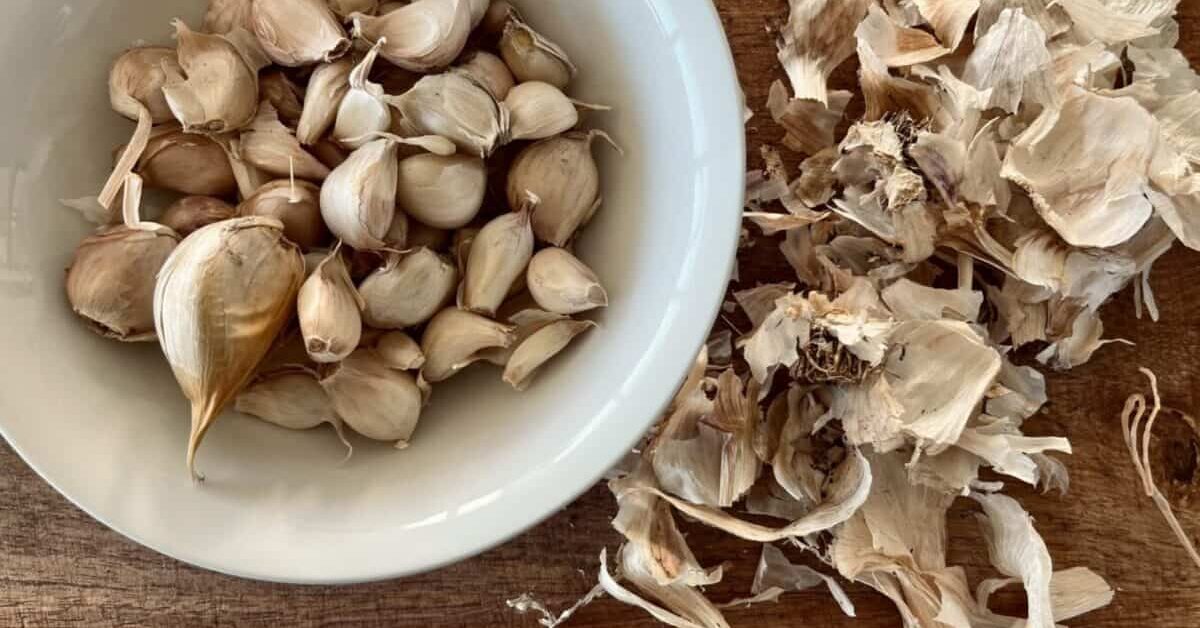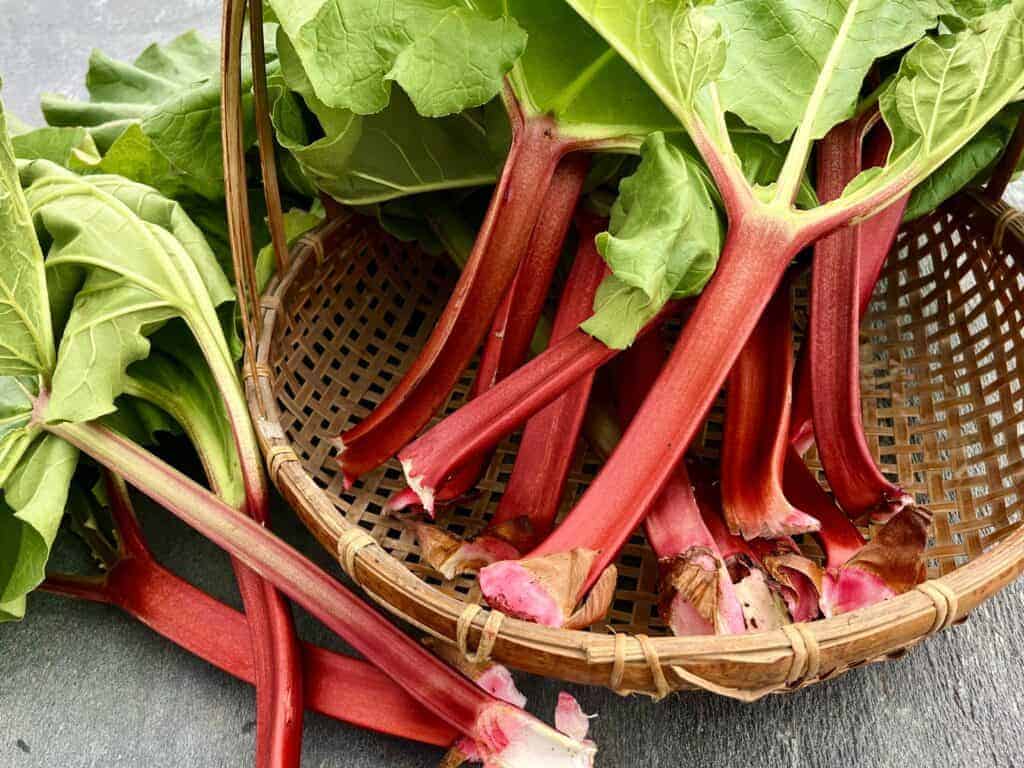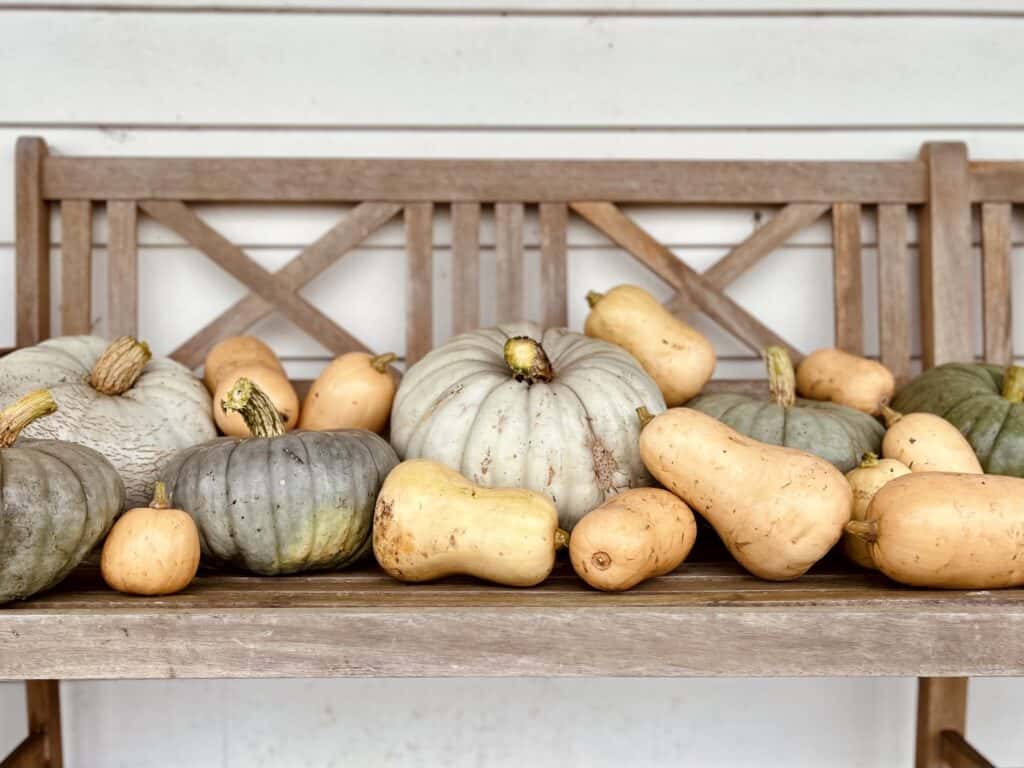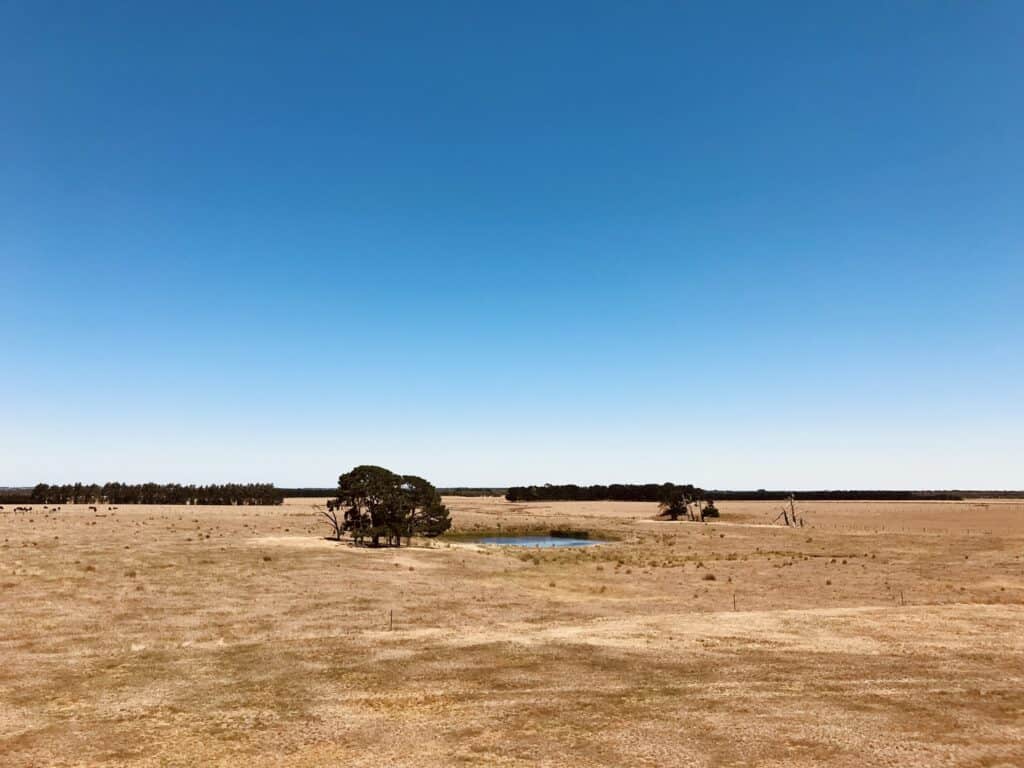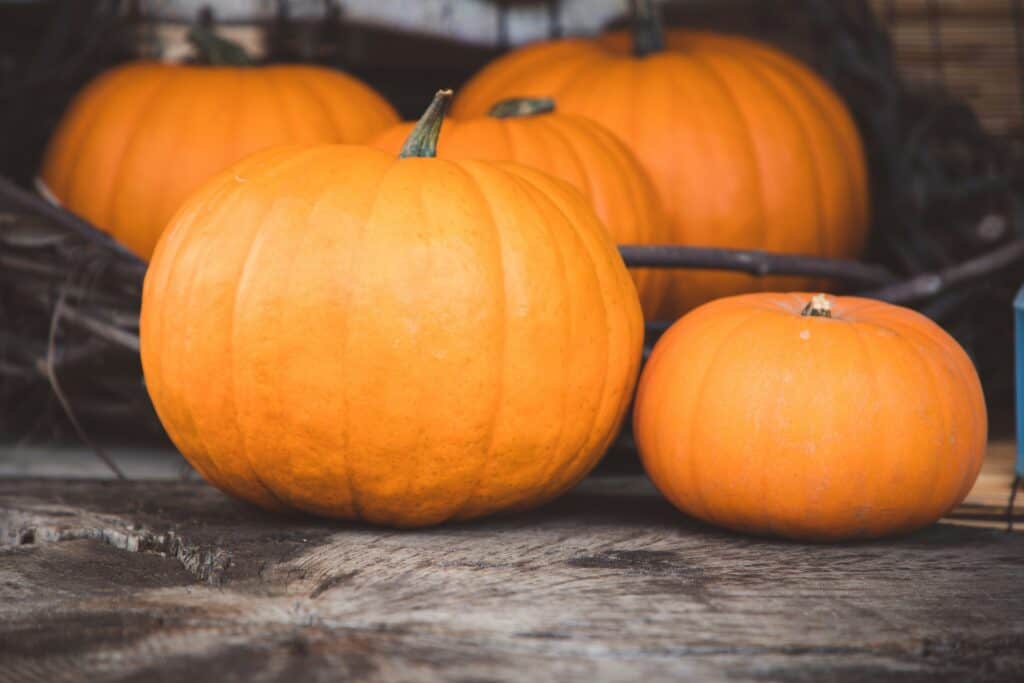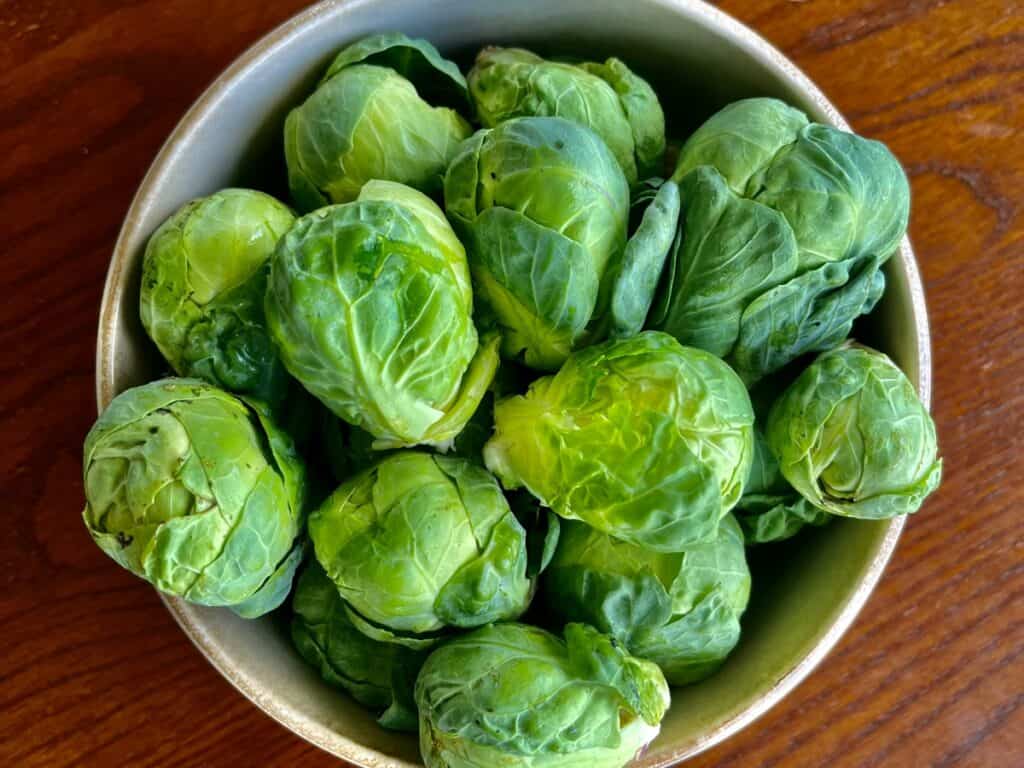How to grow garlic
Garlic is a staple in our pantry; incorporated into nearly every meal we cook. This post will cover every thing you need regarding how to grow garlic, from planting to harvest and storage.
Garlic is a particularly undemanding crop to grow, especially in colder climates, and if stored correctly post harvest can keep for 6 to 12 months.
I first tried my hand at growing a crop of garlic in 2019; since then I’ve been rewarded with huge yields from very little effort. In fact I produce enough bulbs that I haven’t had to make a single grocery store purchase since I first started growing garlic. With the price of garlic and how much we use at the homestead this has translated into a substantial grocery bill saving. Not to mention the far superior quality.
I plant five bulbs worth of cloves each season. This provides our family of 3 with enough eating garlic for the next 12 months, a few bulbs to spare for guests and bulbs left over to plant next years crop.
Growing your own garlic gives you the opportunity to try the different varieties available. Some varieties are mild while others are far more pungent than store bought and should be used sparingly.
The other benefit to growing garlic in your home garden over other crops is that it takes up very little space. You’ll be able to grow a years worth of garlic in a space as small as 1 metre square.
In this grow guide I’ll walk you through how to grow garlic and how to harvest and store the bulbs for a long shelf life.
When to plant garlic
Garlic is a cold climate crop planted in autumn, or early winter, for harvest in late spring or summer. Some cultivars are being grown successfully in warmer climates including the sub-tropics.
Most garlic crops don’t produce viable seeds for planting, therefore, the majority of garlic is grown directly from cloves. Growing garlic from cloves is also much faster than seed grown garlic. I will only refer to growing garlic from cloves in this post as it is very unlikely people will ever be sowing garlic seed.
If this is your first time planting garlic, purchase garlic ‘seed’ bulbs and avoid planting cloves from supermarket bought garlic.
‘Seed’ bulbs have a higher success rate, come in an enormous variety and haven’t been treated with chemicals or bleach. Which you might be surprised to know is a very common practice used to achieve the super bright white cloves we see on the supermarket shelves.
Two suppliers of very good quality bulbs in Australia are The Seed Collection and The Diggers Club.
The bulbs you grow in your garden can then be reused as your ‘seed’ bulbs the following year so make sure you plant extra so you don’t need to reinvest in new ‘seed’ each season.
Garlic comes in two distinct types, softneck garlic and hardneck garlic, distinguished by their hardiness, clove formation and ability to grow flower stalks (or scapes). Scape is the term used across allium plant species (onion, shallots, garlic) for the fleshy green flower stalks.
Hardneck Garlic
Hardneck garlic varieties develop a long flowering stem (scape) from the centre of the bulb which hardens as the crop matures, hence the name. The cloves of hardneck varieties grow in a single ring around this woody centre.
Hardeneck varieties:
- do well in winter and make the best choice for very cold and wet climates
- grow scapes (flower stems) that are edible and delicious, harvest them as they grow and use in dishes for a more subtle garlic flavour
- are easier to peel than their softneck counterparts
- produce fewer cloves per bulb
- often have a fuller flavour
- do poorer in storage, usually deteriorate within 3 to 6 months
Softeneck Garlic
Softneck varieties do not produce scapes, instead they have only soft green leaves which dry out as the crop matures but do not become hard, making them easy to braid for storage.
Softneck Varieties:
- make a better choice for warmer climates, choose cultivars that have proven success in warm or sub-tropical regions
- can suffer more rapidly from excess water
- produce many cloves per bulb of differing sizes and shape
- in the right conditions can be stored for 6 to 12 months
Garlic planting guide for your temperate zone
How to plant garlic
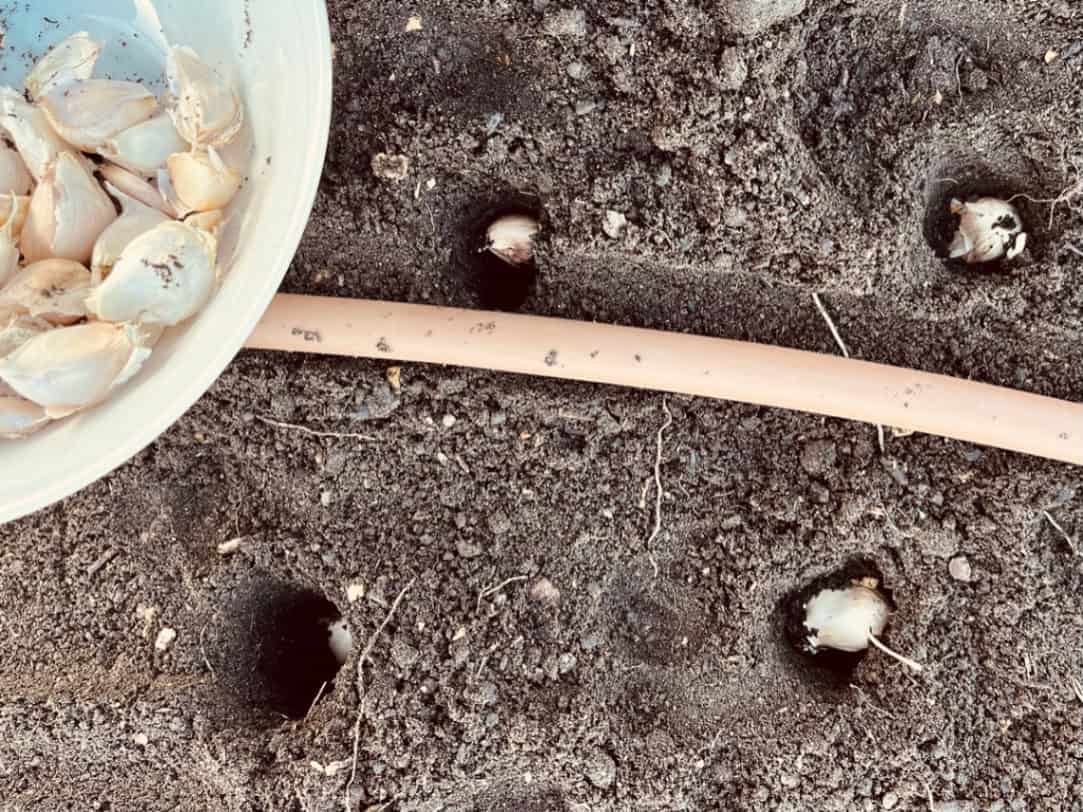
Soil for garlic should be loose and well draining in a full sun location. The biggest threat to the success of a garlic crop is rotting from wet soil.
Prepare soil in advance by adding compost and well rotted manure a few weeks prior to planting. If this is done prior to planting there should be no need for additional food during the growing season as garlic isn’t a heavy feeder. Excessive feed during growing will produce excess foliage and small bulbs.
Seperate your garlic bulbs into individual cloves leaving the papery outer layer intake. Select only plump healthy cloves for planting. With a spacing of 10cm simply push the clove, pointed side up, into the soil to a depth of approximately 5cm. Backfill gently with soil and water in.
A layer of mulch such as sugarcane or straw should be used to suppress weed growth over winter. Garlic doesn’t like competition. The new shoots will be strong enough to push through the mulch.
Shoots should appear within 3 to 6 weeks.
How to tend garlic
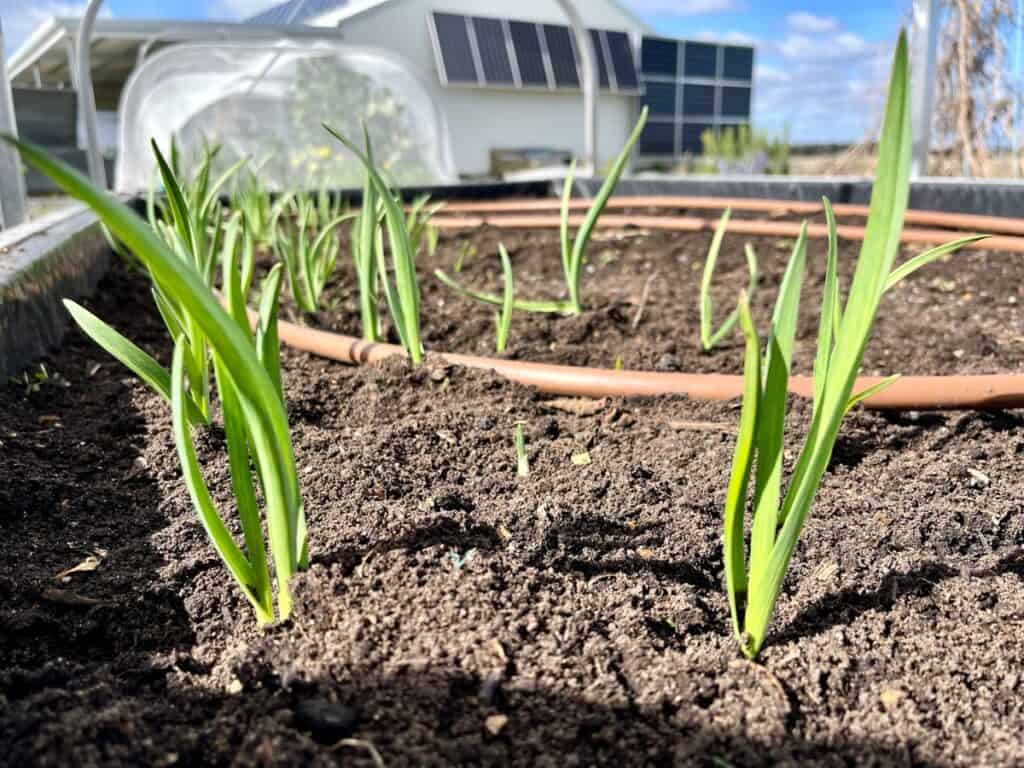
Garlic is almost a set and forget crop.
Keep the soil moist but never wet over the course of germination and initial growth. Once the shoots are about 10cm tall water when the top 5cm of soil dries out. Avoid watering the leaves as they are susceptible to fungal disease.
A monthly application of liquid fertiliser doesn’t hurt but is usually not necessary. Over fertilising will result in an excess of green growth at the expense of the growth of the bulb.
If growing hardneck varieties, remove the scapes when they begin to curl to avoid flowering and encourage bulb formation. These garlic scapes themselves are delicious and can be used in a similar fashion to chives. They are great in fresh dishes where you want a less intense garlic flavour.
Garlic thrives on the change in day length over the course of winter through spring and it is this that causes the bulbs to swell. The closer you are to the equator the more consistent day lengths are throughout the year and you should expect smaller bulbs at harvest.
Pests and Diseases
Garlic suffers few pests and diseases. Aphids and root rot can occasionally cause problems. Bacterial root rot is basically a death sentence and should be accepted as such, while aphids can be treated with organic insect sprays.
The most likely challenge when growing garlic is the weather. Cloves can rot in excessive water, especially during the initial growth period and at harvest time.
When it comes to garden pests garlic is know for its insect deterrence. Plant lettuce and cabbage alongside garlic to help repel slugs and moths from attacking them.
How to harvest garlic
Garlic is a slow growing crop, needing around 240 to 270 days to reach maturity.
Garlic is ready to harvest when all but 4 to 5 leaves have wilted and turned yellow. These final leaves are needed for storage; they form the bulbs protective skin.
Dig up bulbs carefully with a fork or trowel. Never pull the bulb by the leaves as they will likely tear from the base, revealing the tops of the cloves. Any damage to the bulb during harvest will impact its storage potential.
It’s always a good idea to dig up a single bulb first to judge readiness for harvest by the size of the bulb. Most of the bulb development takes place in the final few weeks before harvest, so even an extra week in the ground can produce a much larger bulb.
How to store garlic
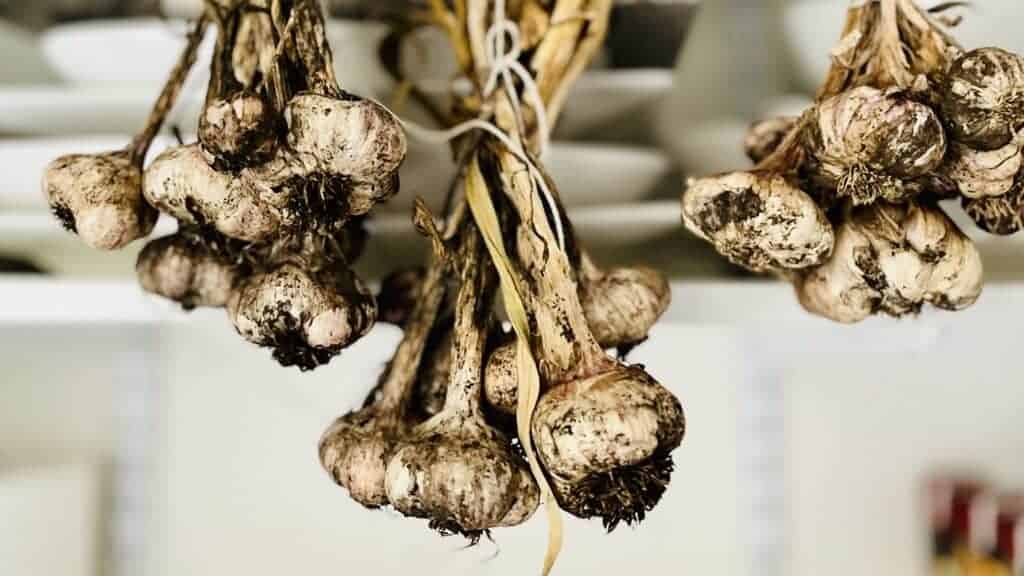
As with most long storage vegetables (onion, potato and pumpkin) garlic does need be cured for longevity.
After harvest hang garlic in a dry, moisture free position with good airflow. Bulbs can be hung individually, tied in small bunches or, for softneck varieties, braided using the leaves.
Leave to hang and cure for 5 to 10 weeks at which time you can trim the leaves to within 3 cm of the bulb and place in a cool, dry and dark place for long term storage.
Hardneck varieties will store up to 6 months, while softneck varieties will store for up to 12 months, sometimes more.
I hang my garlic high in my pantry, which is relatively temperature stable and dark. This out of the way position means I can leave them to hang permanently, cutting single bulbs as I need them.
You don’t need to wait for the garlic to cure before using it. You can start using your garlic from the moment of harvest.
Share
